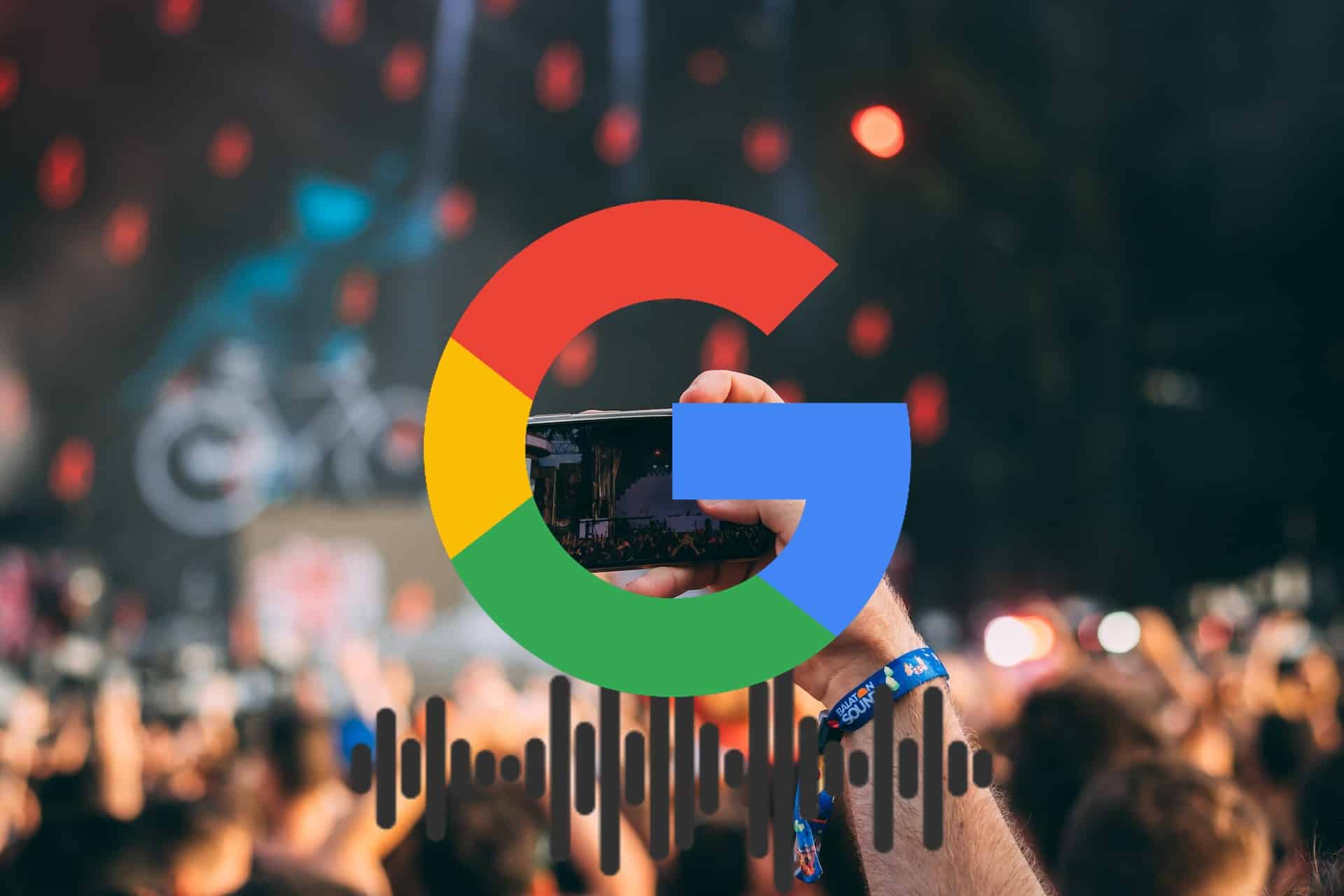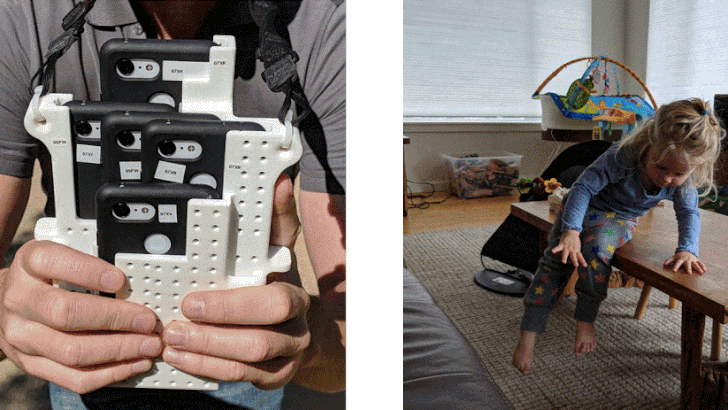
The truth is that technology you will always need the ingenuity of the developers to solve the most complex problems. That solution to optimize the Portrait Mode of the Pixel came from Google with a special case with 5 cameras.
Now you wonder why 5 cameras are needed all together in one case In order to find a solution to the problem that may be to take only the face of the person portrayed and leave the rest of the scene out of focus. That's what Google and its blog are for to give us a series of explanations.
Pixel 3's Impressive Portrait Mode
In the Pixel 2 the big G made a qualitative leap in the field of photography from a mobile device. Simply we were amazed how he was able, from the software, to be able to analyze a scene so that everything except the faces of those portrayed is magnificently blurred.

For the Pixel 3 too has worked its own way to improve that technology and a small leap in quality compared to what was brought to the Pixel 2. The funny thing, and curious at the same time, is that for the Pixel 3 it used what could be called the Frankestein case of 5 Pixel phones in one.
He used that holster so he could take 5 shots of the same scene at the same time and thus be able to improve the Portrait Mode (as indicated in this post with excellent results) of its excellent Pixel 3; of which we have already spoken on numerous occasions about his exciting Night Sight or that Super Zoom that we can have in the Pixel 2).
How Google has improved the Portrait Mode of the Pixel 3
The Pixel 2 relied heavily on PDAF (Phase Detection Autofocus) technology to collect basic information from depth of field, through the two PDAF apertures he used to focus. The only handicap of this system is that it was not entirely perfect. Since in certain scenes, where a large abundance of horizontal lines coexist, the "system" that handles these PDAF image comparisons to determine depth can be confused.
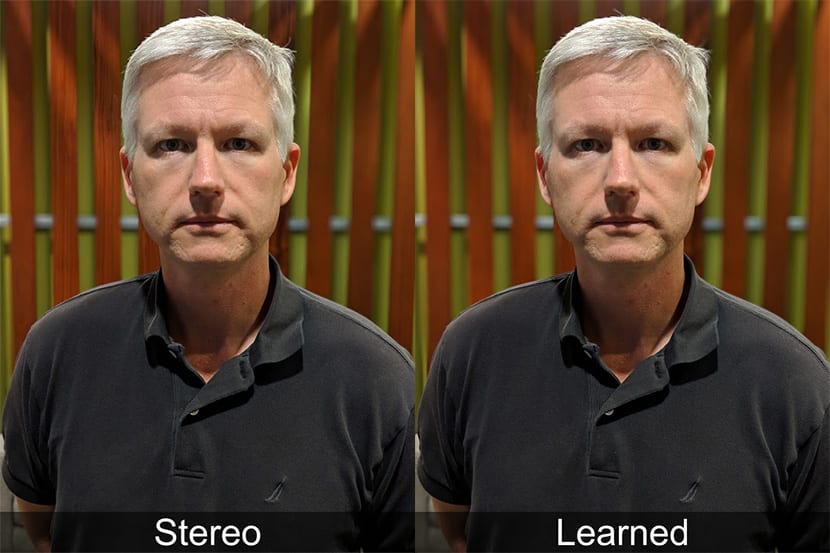
For our understanding, visual elements that align with a linear configuration of the PDAF apertures could result in a false negative. What got that the content that matters for the photo it seemed closer to the camera than it actually was.
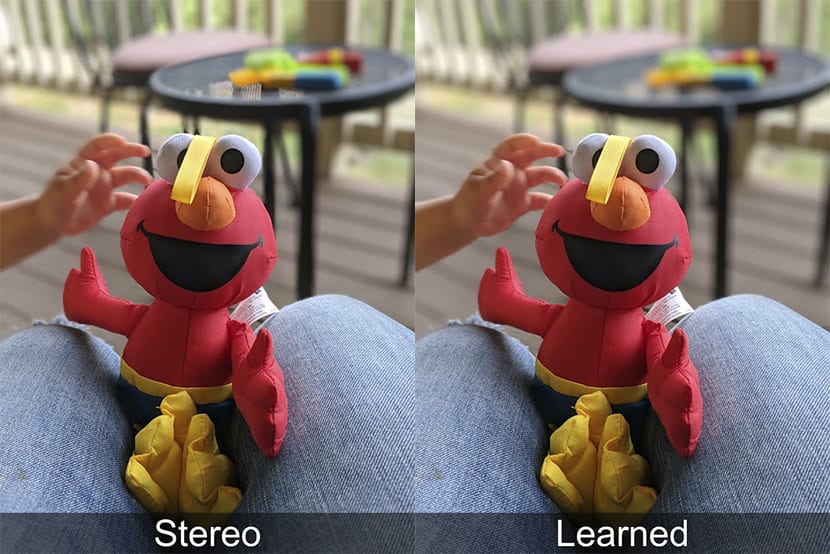
It is in the Pixel 3 where the solution has been found by adding additional data with which Google has called as semantic and blur clues. Let's say what we can all do when we look at a photo and we can know the relative sizes of the objects and their blur.
Not as easy as it seems
But for everything to be perfect, Google had to train technology with what could be called the Frankenstein case with those 5 Pixels. With it it has been possible to take captures from five different angles at the same time.
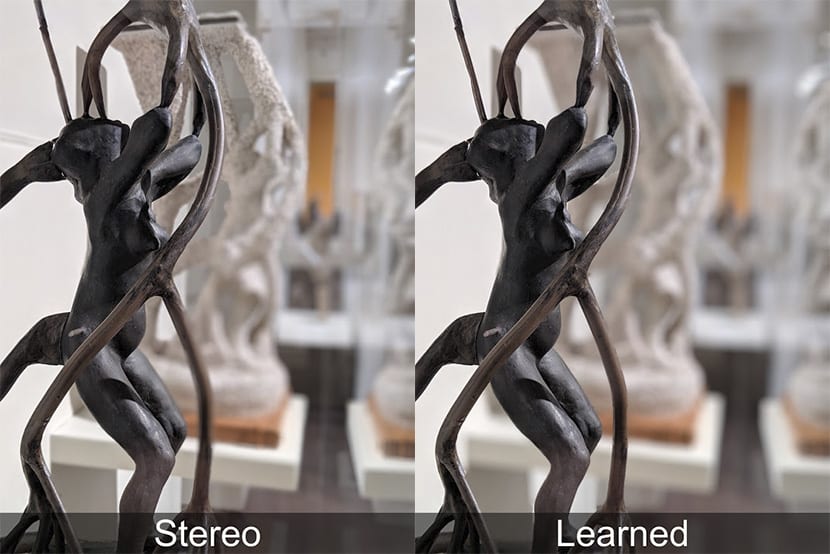
This has ensured that the source of the images come from the same type of hardware, those Pixel 3, and that these different perspectives offer more data to try to eliminate the problem of falling on the lines that converge with the same direction as the PDAF apertures. . Anyway, not all problems have been solved, but yes, now the depth is determined in a better way for greater precision.
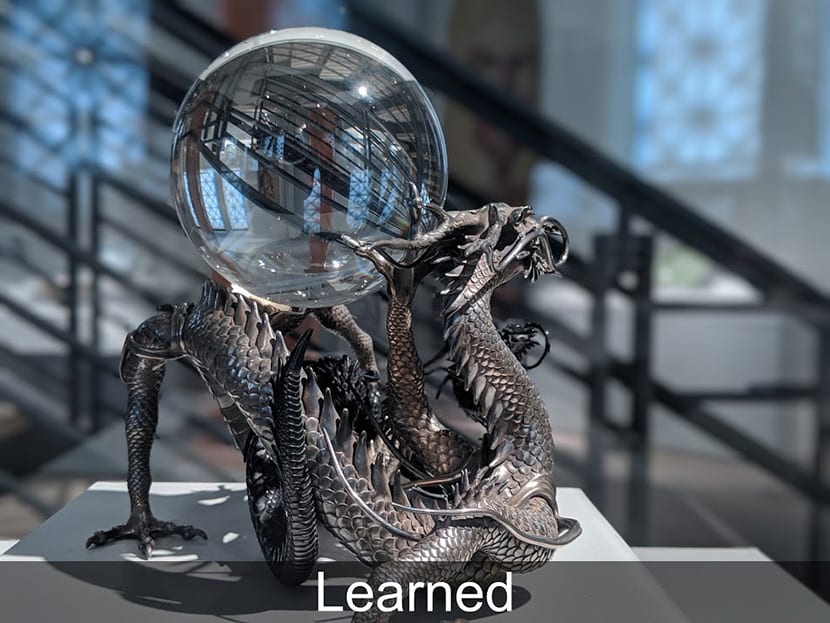
With that case and its 5 Pixel 3, Google has been able to train the neural network which is responsible for combining the PAF «parallax» data and the previous detection to bring greater precision to its Portrait Mode at all levels. Another of the highlights of this improvement in the technology of Portrait Mode is that all the depth data in the captures are saved in this mode, so the window opens to new functionalities for developers to take advantage of.
